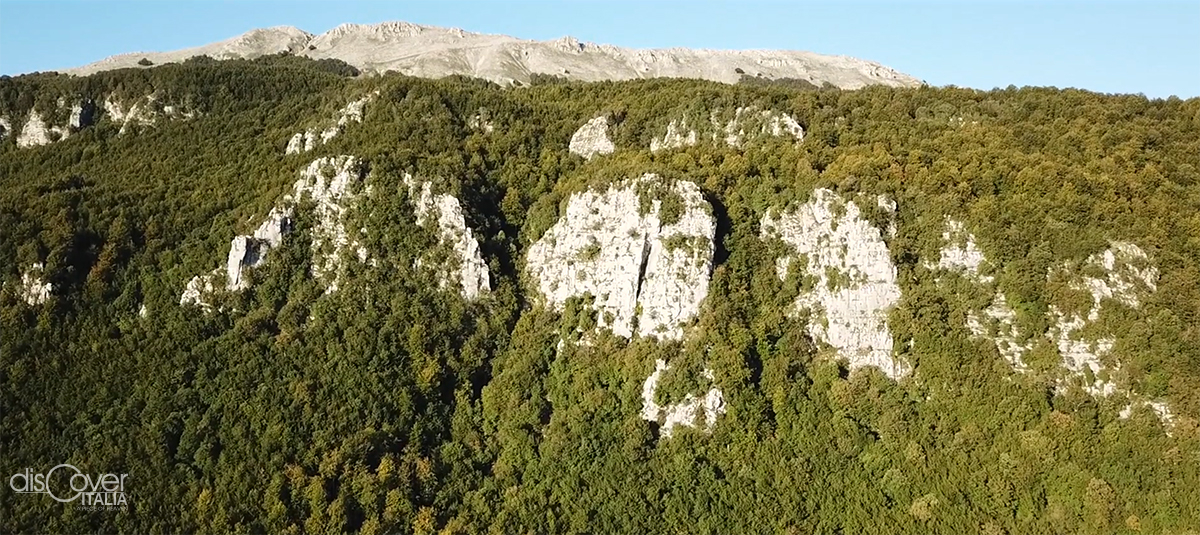 Mount Cervati
Mount Cervati
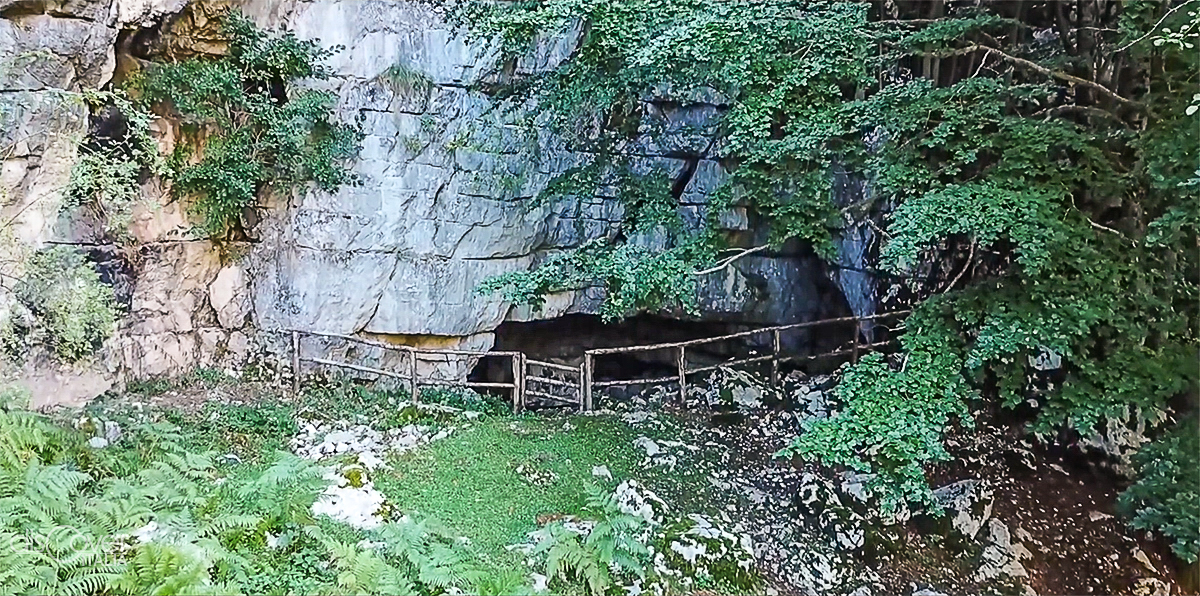
And, barely shielded by the luxuriant foliage of the trees, the large rock room was a welcoming shelter for the shepherds to rest after a hard day of work. Frugal meals, lit fires, living stones as pillows, useful to immediately transmit the vibrations of the threatening presence of hungry wolves outside, among the defenseless sheep. Gestures, habits and common uses to generations of men. Through the centuries and millennia marked by countless sunrises and sunsets. Those that also marked the days of groups of hunter-gatherers who inhabited the site in the Middle Paleolithic and Mesolithic. The cavity was in fact elected as a temporary home by Neanderthal Man at the end of the Middle Paleolithic (between 50 and 40 thousand years ago), as attested by the discovery of numerous chipped stone tools made with an elaborate production method, called Levallois, which made possible to obtain artifacts of a predetermined shape.
But the Neanderthals were not only skilled craftsmen, they also were skilled hunters. This is demonstrated by the presence of abundant remains of deer and roe deer, main prey hunted in Vallicelli.
The great mountain of limestone, with a thick wooded cover, was therefore able to provide a good part of the resources essential for survival, including wood, used as fuel for the fireplace and to craft spears and javelins, game of various types and a wide range of spontaneous plant products: berries and fruits, roots and tubers.
The archaeological discovery in the cave
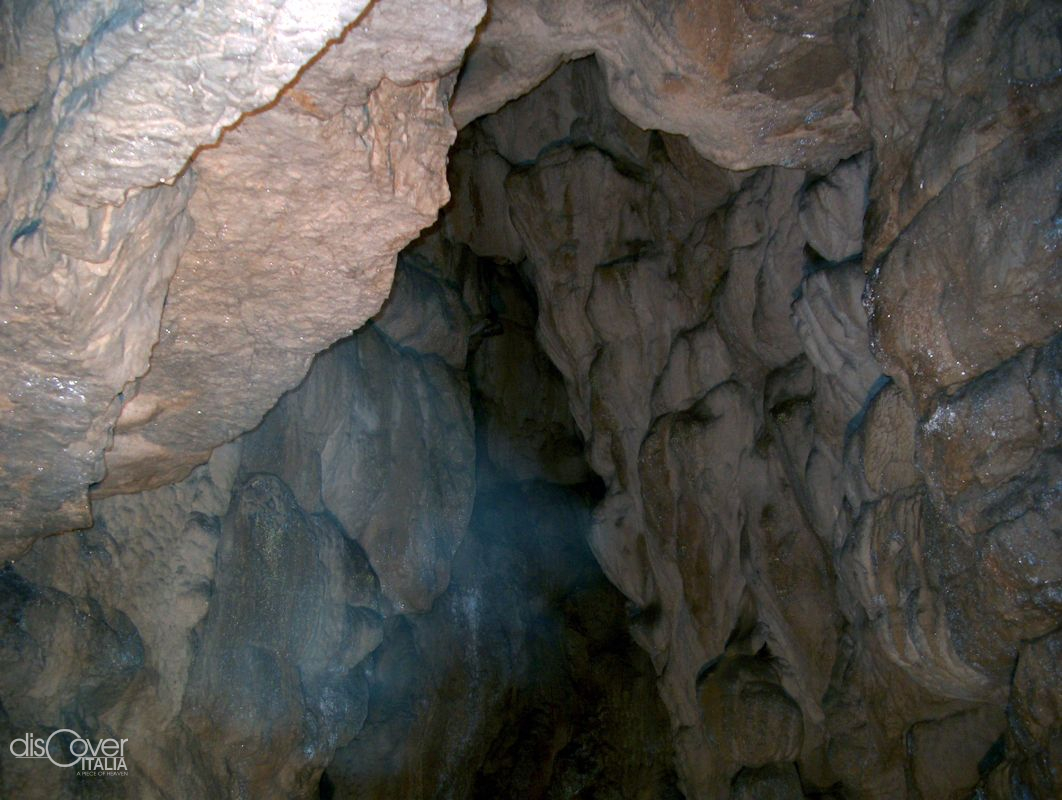
Varricieddi, this is how the modern man for a few hundred years has defined in dialect those streams fed by the winter snow on the Cervati. And Vallicelli has become the name of the caves into which those small streams flow, before being swallowed by the belly of the mountain. Guardian of evidences of human life remained secret until the threshold of the new millennium. It was in 1999, in fact, that for the first time traces of a much older human presence than that attributable to the shepherds who stayed there until a few decades ago or, going back in the time of a century, to the bands of brigands formed after the unification of Italy who had elected it as their safe refuge.
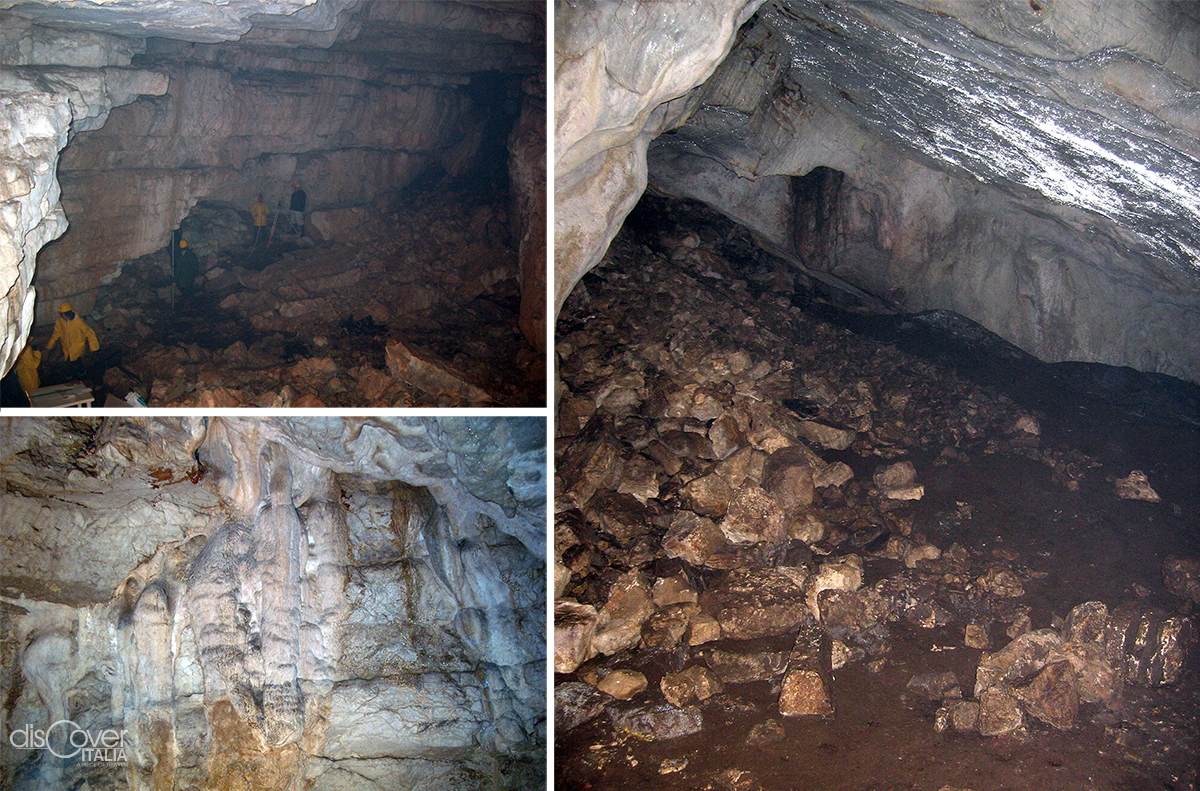
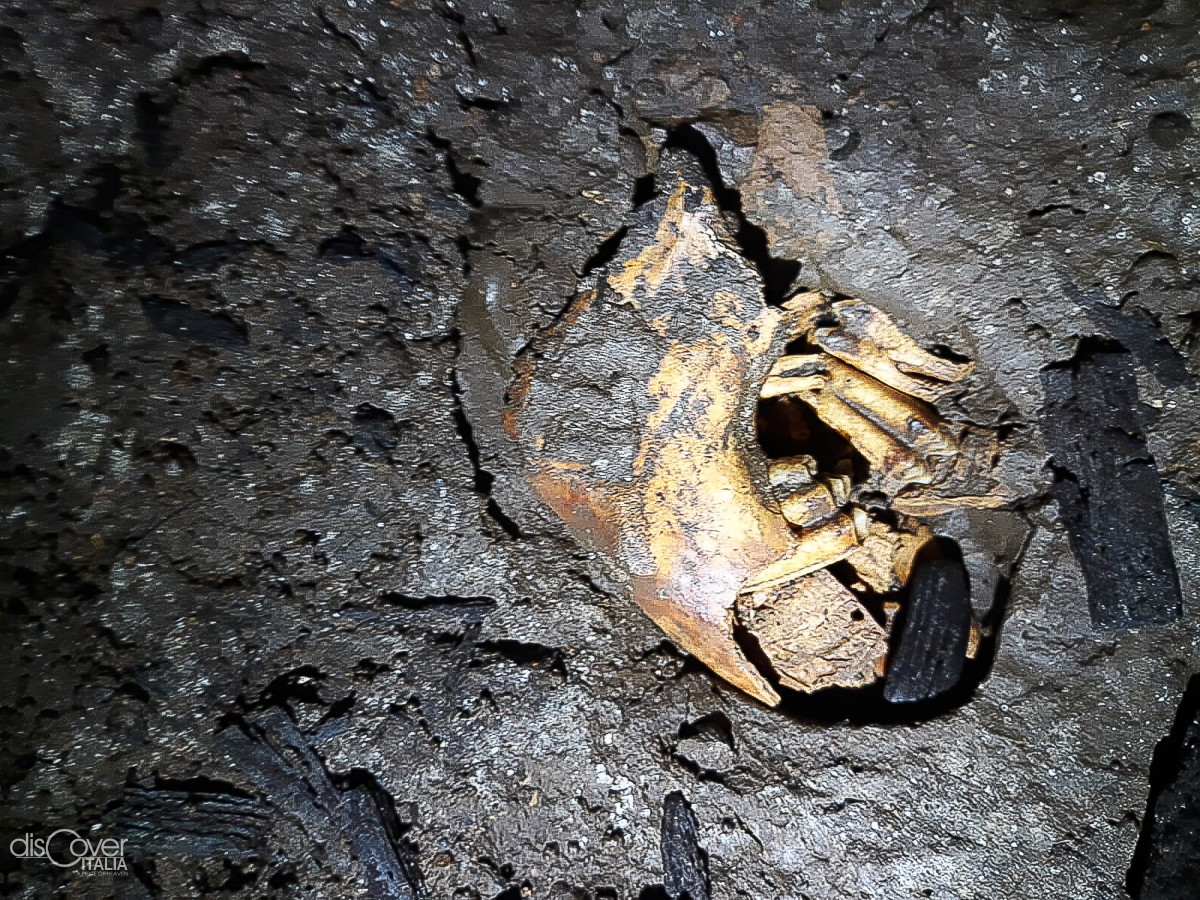
The Vallicelli caves since then, have already told an important part of their amazing past. Around 40 thousand years ago, Neanderthal Man, after being the undisputed protagonist of Paleolithic Europe for more than 200,000 years, became extinct, giving way to the Modern Man (Homo sapiens).
Thousands of years after the abandonment of the site by the Neanderthals, the cave was once again frequented, this time by Homo sapiens, during the Mesolithic, a period that takes place immediately before the Neolithic advent and in which the latest hunter-gatherer cultures developed.
Even the Neolithic people, bearers of ceramics and the productive economy (agriculture and livestock), have left evident traces in the Vallicelli Cave. Afterwards, the cavity was frequented during the Copper Age and in the ancient and middle Bronze Age, when, it is supposed, it was used as a shelter by shepherds during their movements with their flocks.
The Varlacarla sinkhole
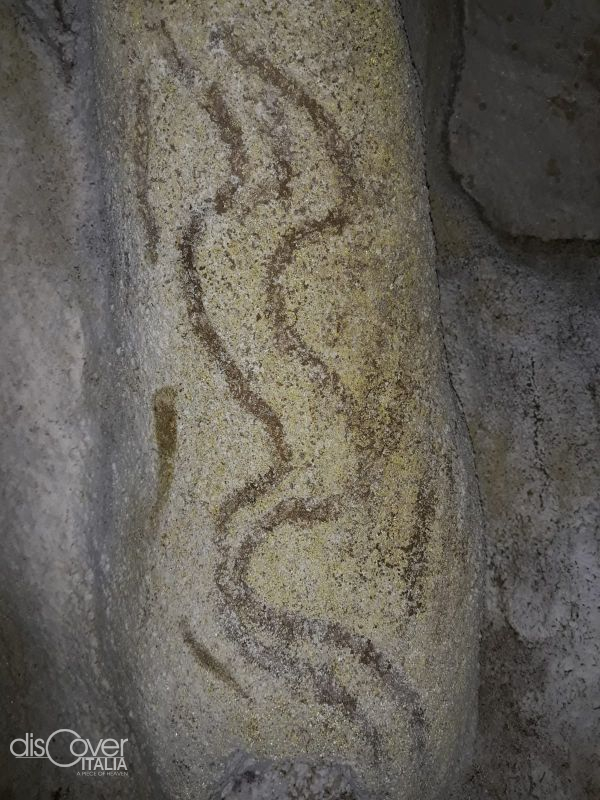
Every artifact recovered so far is kept in the Archaeological Museum of Sala Consilina, with some reference to Monte San Giacomo, the town on the slopes of Cervati mountain to which the territory where the Vallicelli Cave and the Varlacarla sinkhole are located belongs. The latter site represents an archaeological discovery of exceptional value due to the state of conservation and the type of finds. It was used for rituals and funerary purposes during the ancient and middle Bronze Age. The cave consists of a large room whose floor retains traces of fireplaces and ceramic fragments together with bones of domestic animals. After a meandering path, there is a ravine used as a burial place, where human bones belonging to at least two individuals were found, together with the remains of a young goat. The ritual and funerary context discovered in Varlacarla resembles a similar discovery unearthed in Sassano, in Grotta del Pino. The methods of execution of the funeral rite are so similar to suggest that both sites were used by individuals from the same community.
Both the prehistoric site of Vallicelli and the near one of Varlacarla have for some years been the focus of an interesting cultural initiative linked to the project of an archeodrome, a historical, archaeological and naturalistic itinerary, which consists in the multimedia reconstruction of a prehistoric village and the creation of a virtual archaeological laboratory conceived by the team of the Oscar winner and great creator of special effects Carlo Rambaldi.
Thus, the fascinating past of the caves has become the core of an overall re-evaluation of the many peculiarities that that territory has jealously preserved over time, today driving elements of an idea of relaunching able to offer young people the opportunity to build a future where their roots are anchored, instead of necessarily having to move away from them as had happened to some previous generation.
Cacio in the caves
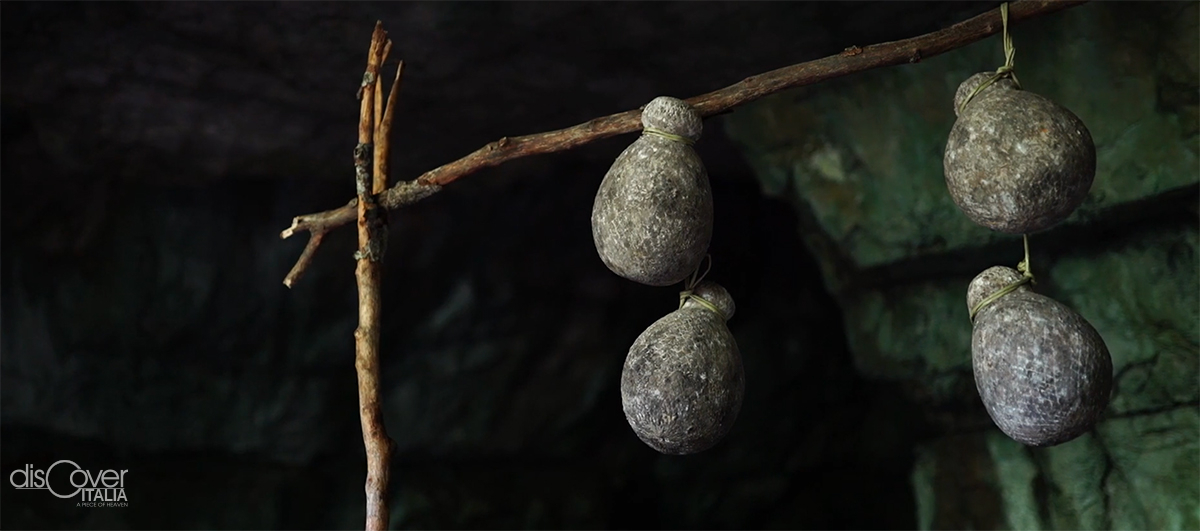
In the complex but passionate construction of a new tomorrow, the recovery of the community's cultural heritage, in its broadest sense, is the common thread of the many initiatives, researches and experiments that are growing around Vallicelli Caves. Where the scent of cheese has returned to spread, which is not difficult to imagine constantly being followed by the presence of prehistoric breeders and then of brigands and shepherds in epochs closer to us. It is in Vallicelli, in fact, in the caves of Cervati, that Caciobrigante refines flavor and identity, an excellence of the rebirth that fully enhances the typical caciocavallo of the area with its ancient knowledge. And the fresh milk of the cows that feed on fresh and fragrant herbs on the mountain pastures only.
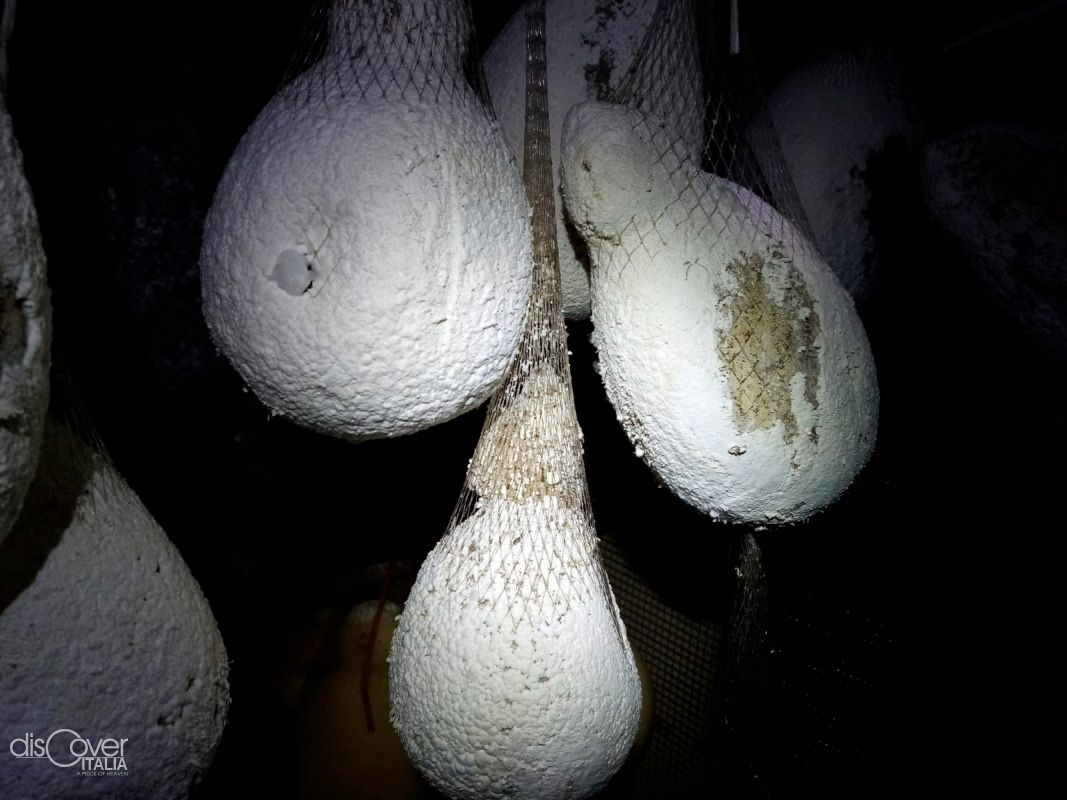
The Carsic cavities opening on the sides of the giant of Cilento offer an extremely humid environment with a low temperature, used in ancient times by shepherds to preserve their cacios. Microclimatic conditions favoring the formation of characteristic molds, rediscovered precious to complete the processing of high quality cheeses, deeply linked to Cervati throughout their very short supply chain. A return to the characteristics of the caves where nothing has been left to chance, ensuring the genuineness of traditional production always following health criteria required by current regulations. Goal achieved with scientific care and great passion, thanks to the happy collaboration between local producers, the University of Naples, the "Cilento Vallo di Diano and Alburni" Park Authority, the Campania Region and the Grotta Briganti Association and Cacio, which is promoting positive actions to enhance, with a view to sustainability, the potential associated to the site of the caves.
"One God, one king"
Destination for excursions allowing the enjoyment of the naturalistic beauties of Cervati, a treasure of biodiversity, the caves, while waiting for further excavations to fully bring light on their true archaeological dimension, have in recent years been the living scenography of the return of post-unification brigands.
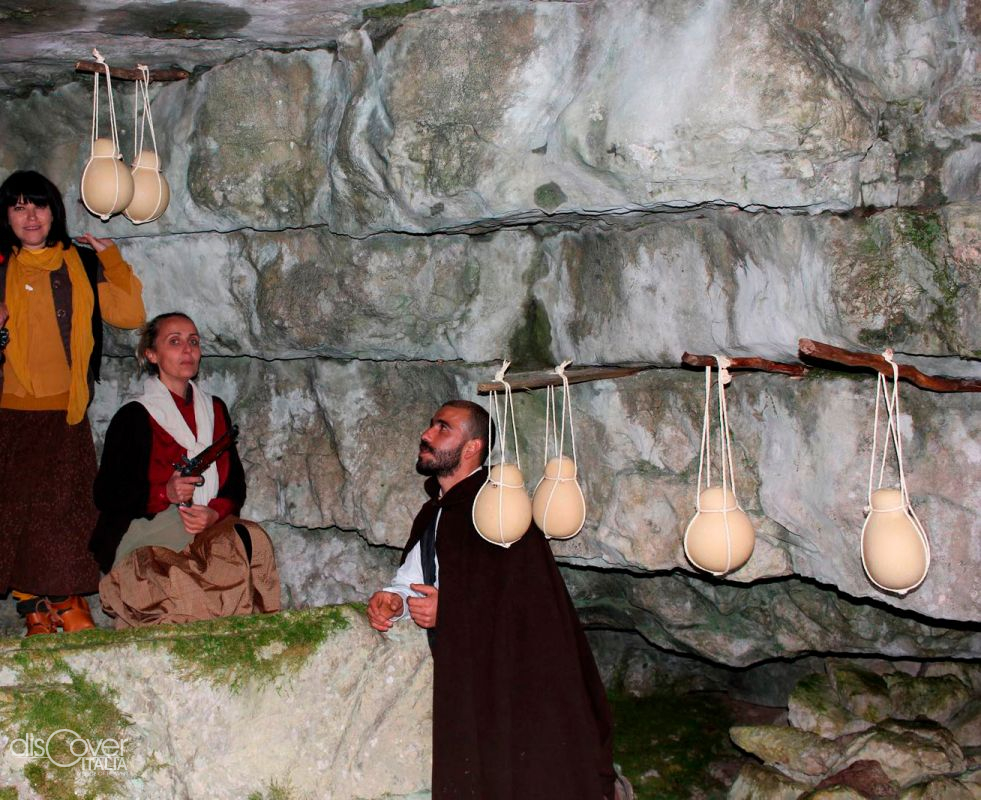
A choral historical re-enactment, "One God, one king", organized every summer by the Grotta Briganti and Cacio Association to recover the value of the close relationships between the robbers in the bush and the inhabitants of neighboring villages that never failed. In the evening, guided by the starry sky, with torches shedding light along the way, going up the mountain is an experience full of suggestions, which reaches its climax in front of the Vallicelli Cave.
There the engaging representation takes place, for the benefit of the local community of the descendants of those outlaws and shepherds and strangers who choose to explore the splendid itineraries in the Vallo di Diano. Between a wild and secret nature, villages that retain the imprint left by their past and the good life of their grandparents, which young people have decided, with today's tools, not to left to oblivion.



Comments powered by CComment